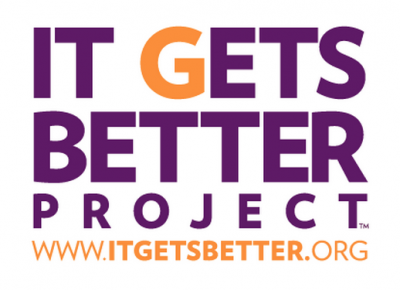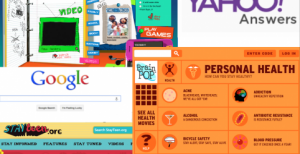Over the last month or so, we’ve been going through the process – as many schools and districts are right now – of bringing our sex ed curriculum up to date. As such, we’ve spent quite a bit of time referencing the Guttmacher Institute’s State Policies on Sex and HIV Education. Some pretty shocking facts on there, but one stat in particular has really struck a chord with me.
According to the March 2015 report, out of the 50 states and the District of Columbia, only 12 states require discussion of sexual orientation.
And even more heartbreaking, is that out of those 12, only 9 states require that discussion of sexual orientation be inclusive, and 3 states require only negative information on sexual orientation.
I have a hard time wrapping my brain around those numbers – and have to hope that they will be changing very, very soon – but in the meanwhile, it doesn’t mean health class can’t be inclusive… there are plenty of ways to teach kids about diversity that have nothing to do with sex ed.
Here are just a few…
NHES Standard 2: Students will analyze the influence of family, peers, culture, media, technology, and other factors on health behaviors.
We do a big unit on family values in the 8th grade as we’re getting the kids ready to head off to high school. Values are what steer our decision making process, and as we get older, we need to keep them in mind as we’re faced with situations that might get us into trouble.
During the course of the unit, we like to show them examples of core values from different organizations, including the NBA.
NBA’s Mission and Values Statement
The students read through the document, highlighting all of the character strengths and values they see included in there. Then we show them a couple of video clips and ask them to reflect in their journals as to how they see the players demonstrating these values.
The clip that stands out to students the most is a PSA that was done in partnership with the ThinkB4YouSpeak campaign.
The campaign was created in 2008, by The Gay, Lesbian, and Straight Education Network (GLSEN), for discussing and addressing anti-gay language among teens.
If you’re not familiar with GLSEN, it’s an organization in the states that seeks to end discrimination, harassment, and bullying based on sexual orientation, gender identity, and gender expression in K-12 schools.
In the quick 30 second PSA, two NBA players clearly and simply tell kids that “using the word gay to mean dumb or stupid isn’t cool, it’s offensive to gay people, and you’re better than that”.
It’s a powerful message, and what’s even more powerful is when the kids connect it to one particular piece of the NBA’s values statement…
We will use our unique position to bring attention to important issues on a global scale and work to address them to the best of our ability.
Without much prompting, they make the connection that the guys in the NBA are in a unique position as role models for teenagers, and that they can help change the culture with just a few simple words.
They’re often surprised to find out that the NBA players don’t get paid to do spots like that, that they do it because they believe in the cause that they are supporting. Here’s an interview with Grant Hill discussing his involvement in the project that can also be shown to the kids.
For more on the ThinkB4YouSpeak campaign, including some great lessons and resources, check out the comprehensive Guide for Educators.
NHES Standard 8: Students will demonstrate the ability to advocate for personal, family, and community health.
When introducing the kids to the concept of advocacy, the bullying unit is a great place to start. To assess them on this standard, we have them learn about a few different advocacy groups for bullying prevention.
Rather than have them randomly search for sites, we hand select five proven ones, put them into small groups, and give each one a site to focus on. Then they are tasked with going through the site, evaluating it, and finding some highlights to present to the class.
In addition to useful sites like StopBullying.gov, this is when we are able to introduce kids to the amazing resource for LGBT youth, the It Gets Better Project.
It Gets Better was started in 2010, when writer Dan Savage and his partner Terry Miller were concerned with the numbers of young people taking their own lives after facing harassment in schools. They wanted to send a message to LGBT youth that if you can hold on, it does get better.
Their powerful message sparked a movement that has led to over 50,000 user created videos from celebrities, politicians, athletes and people from all walks of life delivering messages of hope that have been viewed over 50 million times.
What an amazing example of advocacy and the power of the Internet to bring about big social change.
By just including it as one of the five websites used for the presentations, the students who might need it learn that it’s there, and every student is positively influenced by the videos of celebrities standing up and using their fame for good.
The message from President Obama is especially powerful, and I usually have the students who are sharing the site show it to the class, even if they didn’t include it in their presentation.
Ideally, we’re all headed for an inclusive sex ed curriculum soon, but in the meanwhile, resources like these can open up class in a way that most people would be hard pressed to fight against.
Because regardless of where your state stands on the issue, I think we can all agree on one thing… it’s our job to teach kids to be happy and healthy, and in order to do that, they all need to feel like they belong.




